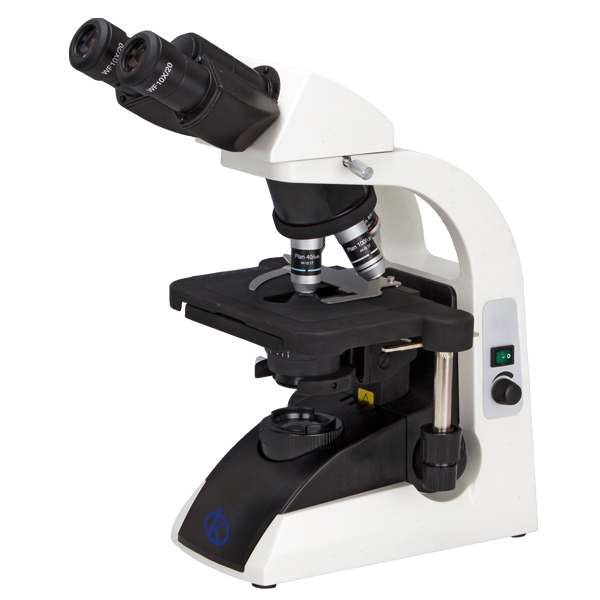Currently there are a wide variety of microscopes for different applications in the laboratory. Its main differences are in the imaging system, lighting, configuration and design.
Microscopes are today essential devices in any laboratory, some have simple designs while others are more complex devices. They have been evolving at an accelerated pace, thanks to the development of modern technologies that have allowed the emergence of many types of microscopes with very specific uses and applications, among the most notable are:
Stereoscopic microscope
This equipment allows the samples to be observed in three dimensions, and to achieve this, it uses two eyepieces that deliver a slightly different image in each eye, which allows a 3D effect. It is used for relatively large objects, therefore it requires small magnifications, generally 4X and 40X to 60X, they are used in applications in which the sample must be manipulated while it is being observed.
Multi-eyepiece microscopes
The microscopes used in laboratories, depending on the number of eyepieces, can be monocular (one), binocular (two) or trinocular (three). Being the monocular the simplest, the binocular the most comfortable and the trinocular, it owes its name to the fact that it has a third eyepiece with which a camera can be connected to the microscope.
Dark field microscope
In this microscope the light rays do not penetrate directly into the object, but are illuminated obliquely, in this way the illuminated object scatters the light and becomes visible against the dark background. It is used to analyze transparent and unpigmented biological elements, impossible to see with natural light. To achieve this, the team has a condenser that illuminates the object with intense light, but indirectly.
Phase contrast microscope
This microscope allows cells to be observed without coloring, so it is very useful for living cells, since, as we well know, fixing and staining them implies their death, which can also damage or change the structure. . Its foundation is based on the delay that occurs in light waves when passing through objects of different refractive indices, taking advantage of and amplifying said delays.
Fluorescence microscope
This microscope uses fluorescence to generate an image of the sample, which is why samples that emit fluorescent light can be analyzed through the use of this microscope. Fluorescence is the property that some substances have of emitting their own light when energetic radiations affect them, that is to say that the object is illuminated with rays of a certain wavelength, the molecules absorb it and send light with a longer wavelength; For a correct observation it is necessary to place appropriate filters below the condenser and above the objectives.
Polarized light microscope
Also known as petrographic microscope. Two polarizers are added to this microscope in its structure. This causes the light wave used to observe the sample to have a specific oscillation direction. It is widely used to observe crystalline structures of rocks and minerals.
What do we offer you at Kalstein?
At Kalstein we are MANUFACTURERS of laboratory equipment of the highest category, and we offer you an excellent range of microscopes at the best PRICES on the market. In this opportunity we present our polarized light microscope, which has the following characteristics: HERE
- Provides high quality and contrast images with a special objective without tension.
- Single polarization, orthogonal polarization and conoscopic observation.
- Transmitted light and reflected light, 24V / 100W long life halogen lamp.
- Stage with 45° located, connectable mechanical stage with large range of motion, high efficiency without interference.
For more information, we invite you to take a look at: HERE

